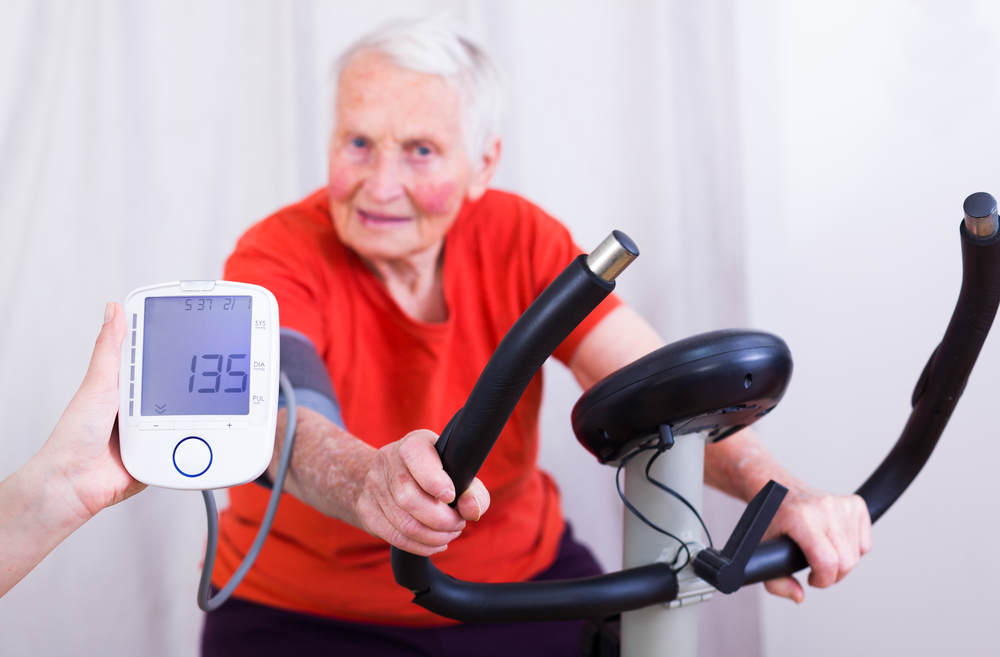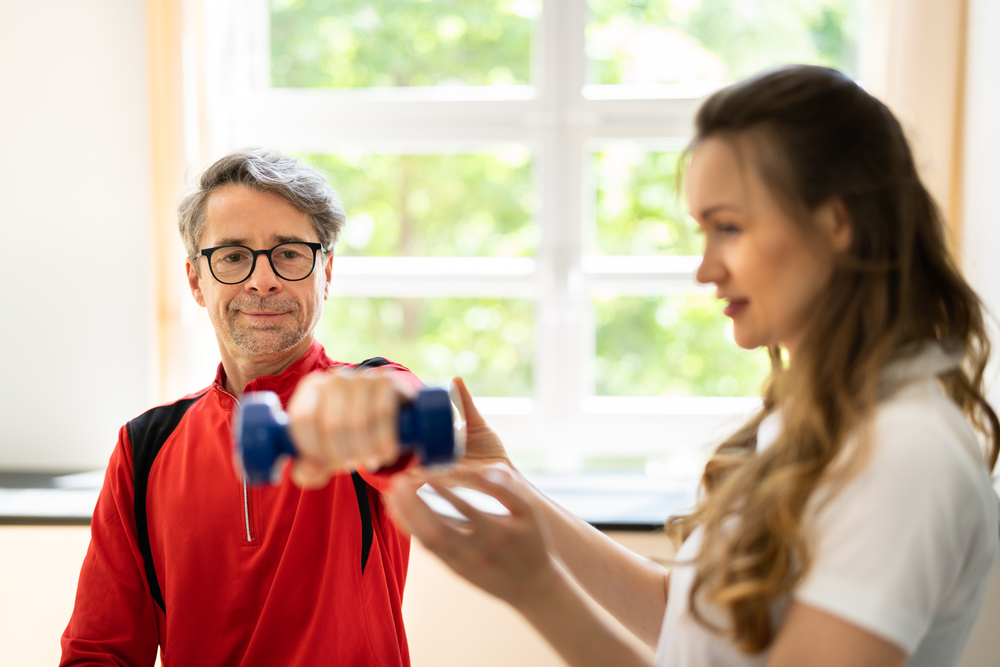Exercise as a necessary adjuvant therapy in cancer care

Exercise should be established as part of a standard practice and an adjunct therapy in cancer care, according to a position statement released by the Clinical Oncology Society of Australia.
As illustrated in the position statement on Exercise in Cancer Care, Clinical research has established exercise as a safe and effective intervention to relieve many of the adverse physical and psychological effects of cancer and its treatment. There is the strongest evidence that exercise is better at improving physical function, attenuating cancer-related fatigue, alleviating psychological distress and improving quality of life across multiple general health and cancer-specific domains.
Furthermore, emerging evidence highlights that regular exercise before, during and/or following cancer treatment decreases the severity of other adverse side effects and is associated with reduced risk of developing new cancers and comorbid conditions such as cardiovascular disease, diabetes and osteoporosis. Also, epidemiological research suggests that being physically active provides a protective effect against cancer recurrence, cancer-specific mortality and all-cause mortality for some types of cancer, breast, colorectal and prostate cancers included.
The Clinical Oncology Society of Australia suggests that all people with cancer should avoid inactivity and return to normal daily activities as soon as possible. In general, people with cancer should do at least 150 minutes of moderate-intensity or 75 minutes of vigorous-intensity aerobic exercise (e.g. walking, jogging, cycling, swimming) and do two to three resistance exercise (i.e. lifting weights) sessions each week.
Noticeably, exercise programs should be given by health professionals, especially exercise physiologists and physiotherapists who can design exercise in accordance with patients’ physical conditions and abilities.


